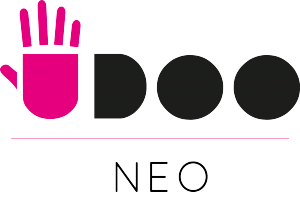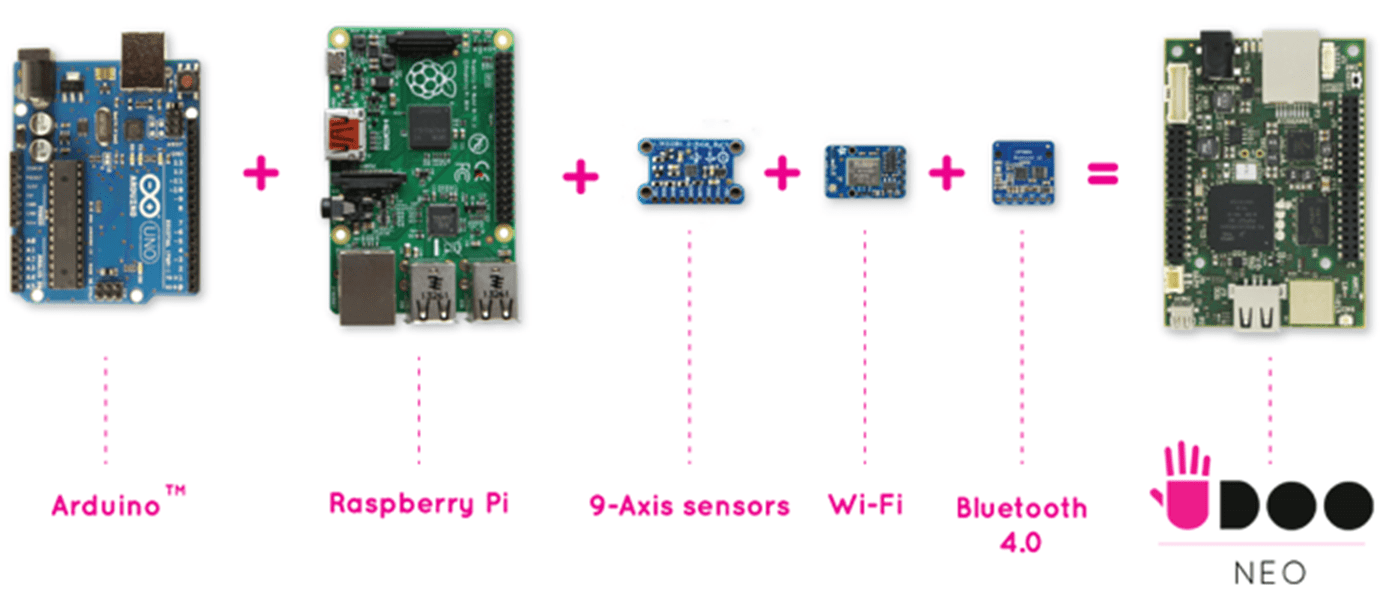IN THIS ARTICLE
Subscribe to Our Newsletter
Every once and a while, we like to feature hardware on our blog that is making the embedded world for powerful, accessible, and open. As microcontrollers, microprocessors, and boards continue to grow in popularity, the Internet of Things falls into the hands of any developer. And that’s exciting.
 Meet UDOO Neo, a wireless, credit card sized board for embedded projects.
Meet UDOO Neo, a wireless, credit card sized board for embedded projects.
Why do we love the UDOO Neo? Well, we’re huge fans of Raspberry Pi, and huge fans of Arduino, so combine the two and you have something special.
With an Arduino, a Raspberry Pi, 9 axis sensors (accelerometer, magnetometer, digital gyroscope), Wi-Fi, and Bluetooth 4.0, and new Android + Linux compatibility, all for $49, the new UDOO Neo is helping making IoT accessible, affordable, and is a prime example of driving the IoT forward.
Extreme Flexibility
This an all-in-one, wireless credit-card sized single board computer lets you realize any project you can imagine. One of things that makes the UDOO Neo so unique is its flexibility and convenience. It can be used as a simple Arduino, or as a Linux computer, allowing you to program in any language.
Because most makers start with Raspberry Pi or Arduino, the UDOO Neo is ideal as an education tool. With the UDOO Neo’s easy to use plug and play features, this out-of-box tool can make a great introduction to physical computing.
The UDOO Neo runs on two heterogeneous processors, the Cortex-M4 on which you can run Arduino sketches using the standard Arduino™ IDE, and the Cortex-A9 on which are able to run both Android and Linux. You can shift between the two by switching SD Cards. The UDOO Neo is charged via USB port, allowing your projects to have greater mobility.
WiFi Connectivity
One of the UDOO Neo’s most boasting features is its wide connectivity. With powerful WiFi (802.11 b/g/n) and a Bluetooth 4.0 module (Classic Bluetooth + Bluetooth Low Energy) the UDOO Neo can connect to speakers, microphones, tablets, smartphones, smart watches, beacons, cameras, smart trackers, headphones, NAS devices, smart TVs, smart cars and countless other objects.
Additional Resources
If you’re interested in the embedded world, we are too! We’ve written a number of tutorials on how to implement realtime data streams to embedded projects for bidirectionally streaming data, trigger action, and monitoring status, including Raspberry Pi and Arduino. Check them out!









